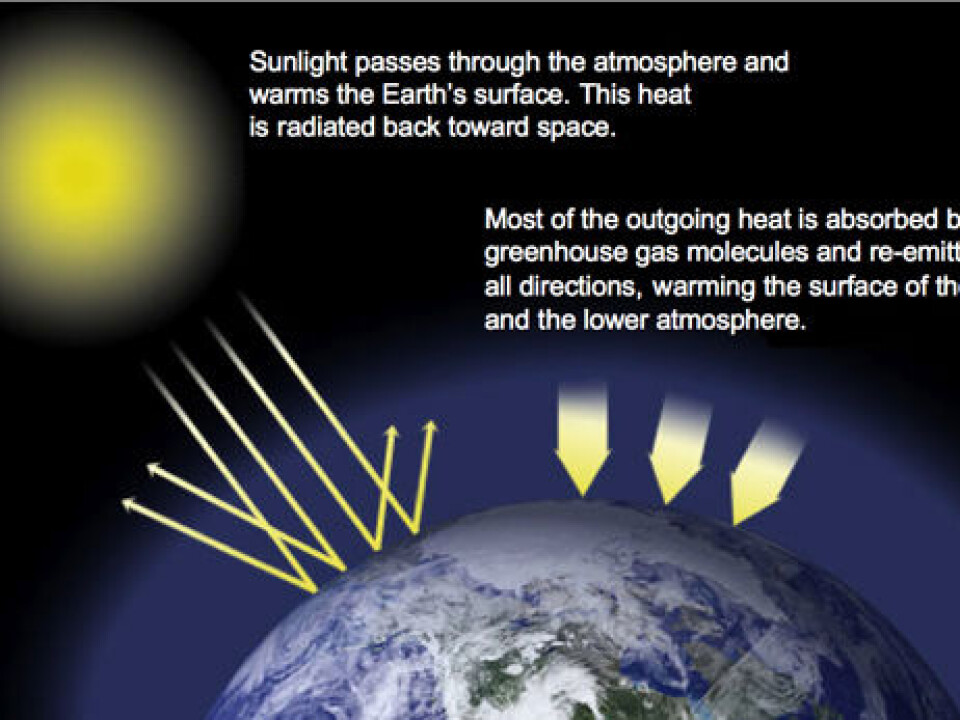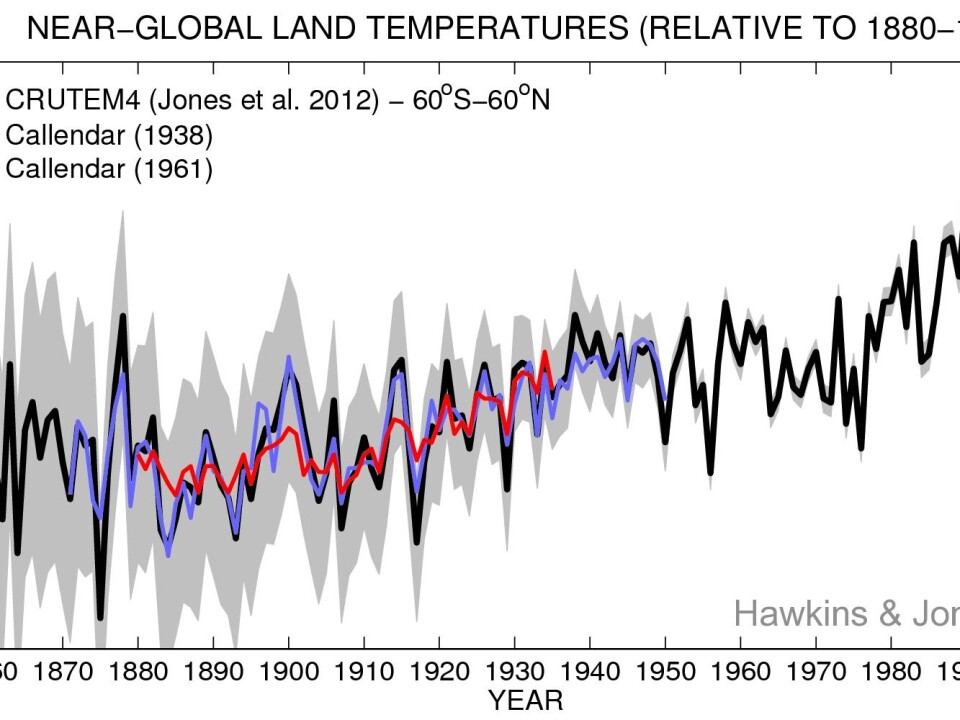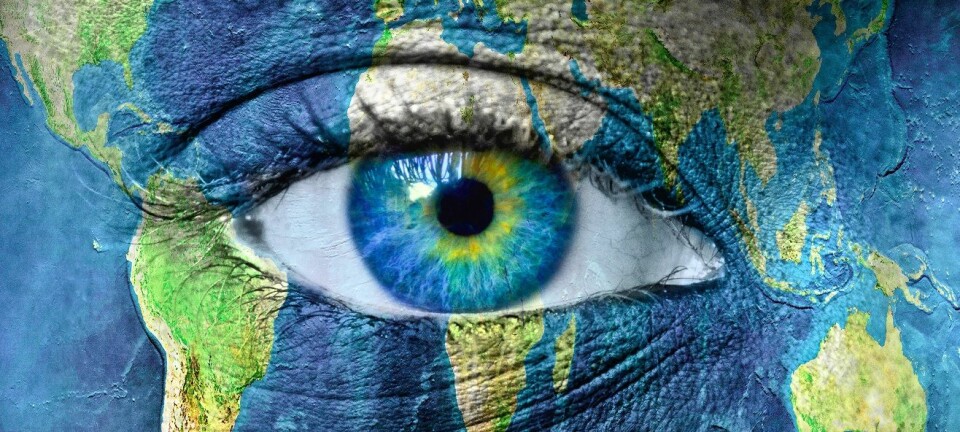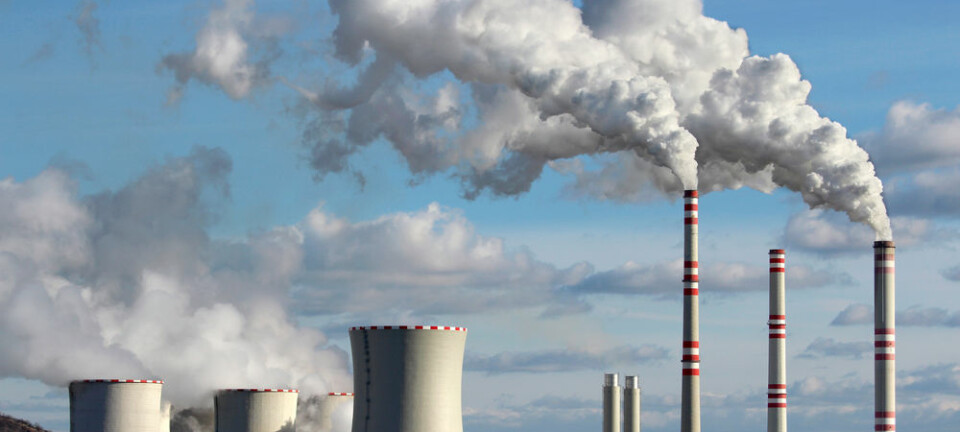
Concern for global warming is not a new craze
It is 80 years since the first calculations showed that the Earth was warming due to rising greenhouse gas emissions.
Some people argue that concern for global warming is a modern phenomenon. And that scientists and environmental activists invented these worries to raise awareness of rising greenhouse gases from burning fossil fuels.
Why are we suddenly so worried about carbon dioxide (CO2) when just a few decades ago there was talk of a new ice age?
In the same breath, they might also question how changes in the amount of CO2 in the atmosphere can really change the Earth’s climate.
The atmosphere after all contains relatively little CO2 compared with other gases. For example, there’s much more water vapour, which is also an important greenhouse gas. So, how can a tiny amount of CO2 be so important?

Let’s take a look at these questions.
Read More: What makes the climate change? Part one
The greenhouse effect was discovered more than 100 years ago
In 1896, the world renowned Swedish scientist and Nobel Prize Winner Svante Arrhenius (1859-1927), described how CO2 influences the climate. He suggested that increasing emissions of CO2 from burning fossil fuels could lead to a global warming—the so-called greenhouse effect.
In the subsequent decades, research into greenhouse gasses continued. But it was not until 1938 that Guy Callendar first showed how the Earth’s temperature was already increasing.

Callendar was born in 1898, just two years after Arrhenius first published his work on CO2. He was an engineer by trade but he was also fascinated by the atmosphere, and he devoted his spare time to studying it. He measured the concentration of gases, the atmosphere’s structure, how atmospheric currents moved around the planet, and the influence of the sun’s rays at various latitudes.
And it was this work that led to the world’s first climate model.
His model was very primitive in comparison with the well established models used to predict the weather and climate by meteorologists and climate scientists today. But it formed the basis upon which all modern studies of climate science have since developed.
His work culminated in this 1938 study, which showed that humans had already emitted enough CO2 into the atmosphere to increase the average temperature on Earth and that the Earth was responding: Over the previous 50 years, the average temperature had indeed increased as per Arrhenius’s proposed greenhouse effect.
Read More: Human-induced global warming began 180 years ago
Callendar’s hypothesis becomes accepted theory
Callendar’s hypothesis was not taken particularly seriously by some other scientists at first: He wasn’t a meteorologist and at this time there simply wasn’t enough data to test this hypothesis. But he continued, undeterred.
He collected masses of new data, and by the time he died in 1964 his work had gained widespread scientific acceptance.
After a congressional hearing in the American Senate in 1988, the role of greenhouse gases, and in particular that of CO2, in driving global temperature was broadly acknowledged, and the number of opponents to the theory was shrinking.
Read More: Climate change research was born in the Cold War
Why is CO2 such an important greenhouse gas?
In between ice ages, the Earth’s atmosphere typically contains around 0.03 per cent CO2. Today, it’s around 0.04 per cent, or 410 parts per million as it’s often referred to. But this is still an infinitesimally small number.
So, how can CO2 have such a big impact on the climate?
The light emitted by the Sun contains a broad spectrum of light: Ultraviolet, infrared, microwaves, radio waves, visible light, and so on. About half of the light that reaches Earth is either reflected by clouds or absorbed by the atmosphere.
The rest reaches the Earth’s surface and is absorbed by the land, sea, and plants, warming the surface. When the Earth warms, it emits infrared light (heat), which is reflected back to Earth, trapped in the atmosphere. This is the greenhouse effect in a nutshell.
The greenhouse effect occurs because the Earth’s atmosphere retains some of the heat that would otherwise be lost into space. Without greenhouse gases like CO2, the atmosphere couldn’t hold onto this, and the Earth would quickly turn into a frozen sphere.
Read More: What makes the climate change? Part two
Carbon dioxide: A greenhouse gas in a league of its own
The current composition of greenhouse gases (CO2, but also methane, water vapour, and some others) keeps the Earth’s average temperature at a comfortable 15 degrees centigrade. Without them it would be a very chilly ca. -18 degrees.
The greenhouse effect acts as a thermostat, but today it is on a knife edge, keeping the world warm but not too warm.
Over 95 per cent of the Earth’s atmosphere is made up of nitrogen and oxygen, neither of which can absorb infrared light and are very poor greenhouse gases. Another important component of the atmosphere is water vapour, which is a very effective greenhouse gas and absorbs most of the infrared light reflected off the Earth’s surface.
Water vapour plays a huge role in keeping the Earth warm enough for us to live here. But luckily, it doesn’t soak up all of the infrared radiation and some of it slips through and out into space.
If this wasn’t the case, and it absorbed all of the infrared radiation, the Earth would quickly become too warm to support life. But Callendar discovered that CO2 closes these “holes” and captures a large proportion of the infrared radiation that water vapour lets escape.
So, the more CO2 there is in the atmosphere, the more of these gaps are closed. And even though CO2 forms such a small part of the entire atmosphere, it has an incredibly significant role on how it regulates heat and, therefore, the climate. In addition, CO2 lasts a long time in the atmosphere compared to many other greenhouse gases, making it even more potent.
Read More: Can we really limit global warming to “well below” two degrees centigrade?
Is global warming a new craze?
Research into greenhouse gases and their influence on our climate is not a new craze. It has roots that extend back to the discoveries of quantum mechanics and the structure of the atom.
Just like all the other branches of science, hypotheses have gradually developed and been refined as new data and knowledge becomes available. And a more detailed understanding of how the climate works and what impacts it, has emerged.
The most recent research indicates that man-made global warming was already occurring in the first half of the 19th century, which is much earlier than Callender had thought.
This doesn’t mean that Callendar was wrong, just that he didn’t have access to so many types of data that we do today.
---------------
Read this article in Danish at ForskerZonen, part of Videnskab.dk
Translated by: Catherine Jex
Scientific links
- Callendar (1938) The artificial production of carbon dioxide and its influence on temperature. https://doi.org/10.1002/qj.49706427503
- Arrhenius (1896). On the Influence of Carbonic Acid in the Air upon the Temperature of the Ground. Philosophical Magazine and Journal of Science.










